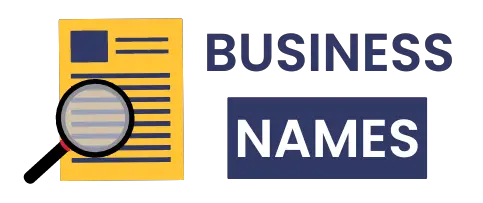When I checked my bank account last January, the number staring back at me was disheartening. Despite earning a decent salary, I was living paycheck to paycheck with mounting credit card debt.
Every month, money seemed to vanish into thin air through countless small purchases I couldn’t even remember making. Coffee here, subscription there, impulse buy everywhere.
That’s when I discovered the No-Spend Year challenge. Could eliminating all non-essential purchases for 365 days transform my finances?
The concept seemed extreme, but I was desperate for change. This is what occurred when I eliminated every unnecessary expense for twelve months.
What Is a No-Spend Year?

A No-Spend Year involves committing to spending money only on absolute necessities for twelve consecutive months. The approved list typically includes housing costs, utility bills, basic groceries, and essential medications.
Everything else gets eliminated from the budget. New clothes, restaurant meals, entertainment subscriptions, gadgets, and impulse purchases become forbidden territory.
Essentials are usually defined strictly as rent, electricity, water, internet for work, basic food staples, prescribed medications, and minimal transportation.
The concept sounds simple initially, yet executing it requires intense discipline and clear boundaries established from day one.
The goal isn’t deprivation for its own sake, but rather discovering what life looks like without the constant noise of consumerism. Most people underestimate how much they spend on non-essentials until attempting this challenge.
Coffee shop visits, streaming services, book purchases, and convenience store stops add up quickly without awareness. Eliminating these seemingly small expenses reveals shocking amounts of unconscious spending that typically go unnoticed.
The process forces confrontation with true relationships to money and understanding consumption patterns that often operate on autopilot for years.
Creating sustainable rules requires honest self-assessment about current spending behaviors, which proves eye-opening for most participants.
Many discover they purchase items automatically without conscious thought behind their decisions. Grocery store impulse buys, online browsing sessions, and convenience spending throughout the day drain budgets significantly.
This awareness alone motivates continued commitment to the challenge when difficulties arise.
The stark contrast between necessary and unnecessary expenses becomes impossible to ignore when tracking every potential purchase decision carefully and deliberately.
Why People Try It
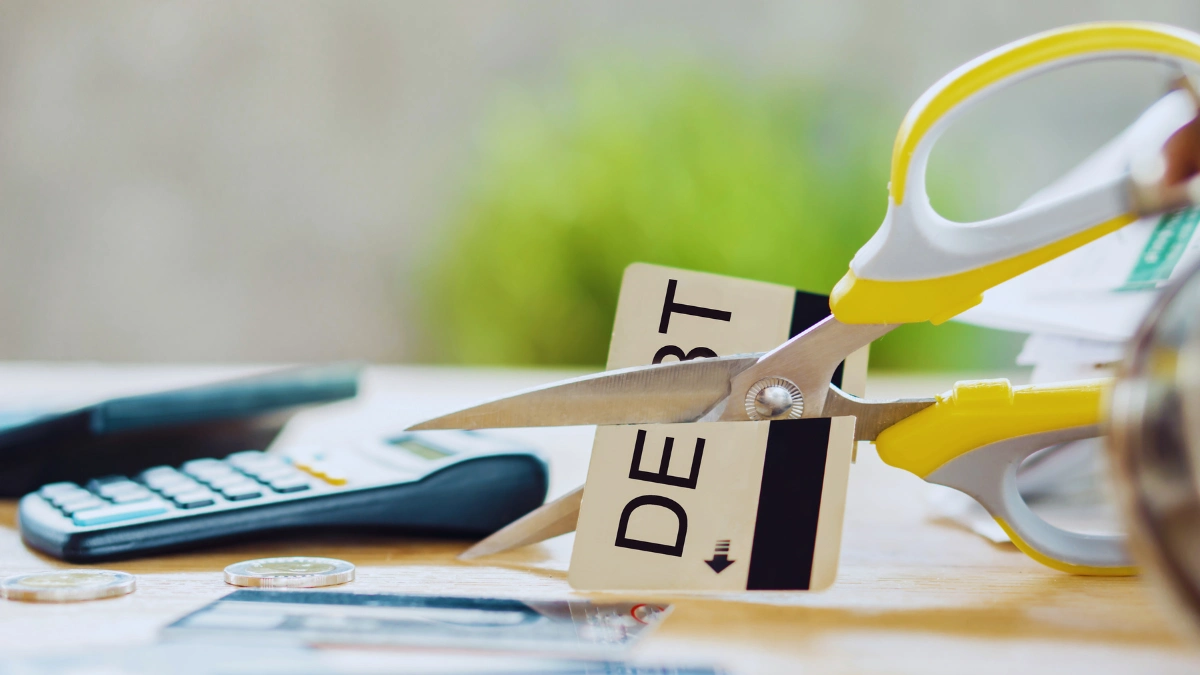
Debt elimination motivates many participants to embrace this extreme financial challenge. Credit card balances, student loans, and other obligations consume significant portions of monthly income without much progress.
The goal becomes redirecting every possible dollar toward debt payments to accelerate payoff timelines dramatically. Many participants report eliminating thousands in debt within their challenge year, which provides strong motivation.
The psychological relief from reducing debt burdens often outweighs temporary restrictions on spending that prove difficult.
Financial freedom becomes a tangible goal rather than an abstract concept when progress becomes visible quickly through aggressive debt reduction.
Major life goals also drive people toward this commitment since traditional methods often feel too slow.
Substantial savings for house down payments and emergency funds require approaches that traditional budgeting methods don’t achieve fast enough. The drastic nature of eliminating all non-essential spending creates rapid progress toward these objectives that excites participants.
People can save amounts they never thought possible on their current income levels. Motivation comes from anticipating concrete progress toward meaningful goals rather than watching small amounts accumulate gradually over years through traditional budgeting approaches.
Breaking unconscious spending patterns represents another powerful motivation that many recognize needs addressing. Shopping addiction, emotional purchasing, and impulse buying habits control financial lives without full awareness of the extent.
Retail therapy becomes an automatic response to stress, boredom, or social pressure situations for many people. This challenge forces participants to confront these deeper psychological patterns and find healthier coping mechanisms for triggers.
The awareness developed during this process often creates lasting behavioral changes that extend far beyond the challenge year and transform relationships with money permanently.
My Experience
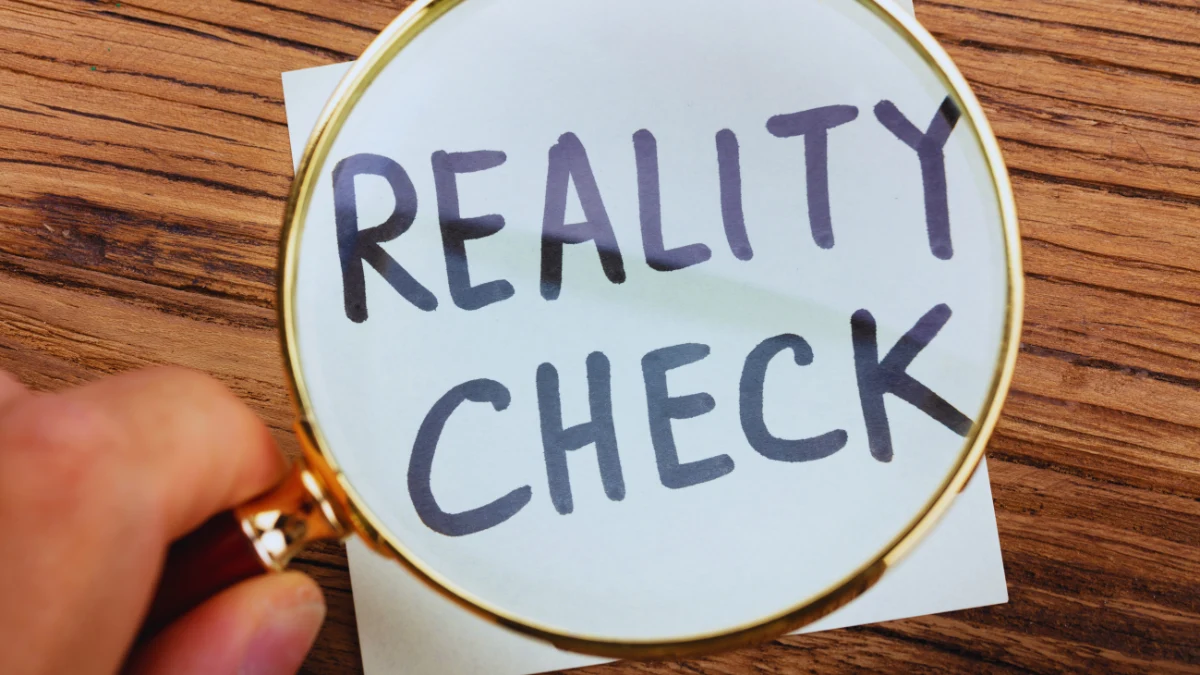
Beginning this journey felt both terrifying and liberating simultaneously, like stepping into completely unknown territory. The first week delivered a harsh reality check about how frequently money decisions appeared in daily life.
Morning coffee runs, lunch purchases, evening entertainment, and weekend shopping trips suddenly required conscious alternatives that needed planning. Each automatic spending habit required immediate replacement with creative solutions that challenged resourcefulness.
The sheer number of spending decisions throughout a typical day was shocking when awareness kicked in. Simple activities like meeting friends became complex planning exercises requiring advance consideration of costs and alternative approaches.
Social situations created the most unexpected challenges during the first quarter of the challenge year. Dinner invitations became awkward conversations about budget restrictions that felt uncomfortable for everyone involved.
Friends’ shopping trips turned into polite declines and confused explanations about new lifestyle choices they didn’t understand.
Family gatherings involved questions about “strange” behavior that sometimes felt judgmental and unsupportive.
The fear of missing out haunted many weekends when everyone else enjoyed expensive activities while searching for free alternatives required creativity and planning to execute successfully.
Month six marked a significant mental shift in the relationship with consumption that was completely surprising. The constant urge to purchase things gradually diminished without conscious effort, which felt liberating.
Appreciating existing possessions became natural rather than forced, rediscovering items that had been forgotten.
Home-cooked meals began tasting better than remembered restaurant experiences, which was unexpected and satisfying.
Library visits replaced bookstore browsing sessions, and free community events provided entertainment value previously sought through paid activities.
The simplicity became genuinely satisfying rather than restrictive, transforming the entire perspective on what was needed for happiness.
Tangible Benefits
The financial and lifestyle improvements I experienced from this challenge exceeded all my expectations. Here are the four most significant changes that transformed my life:
1. Rapid Debt Elimination and Savings Growth
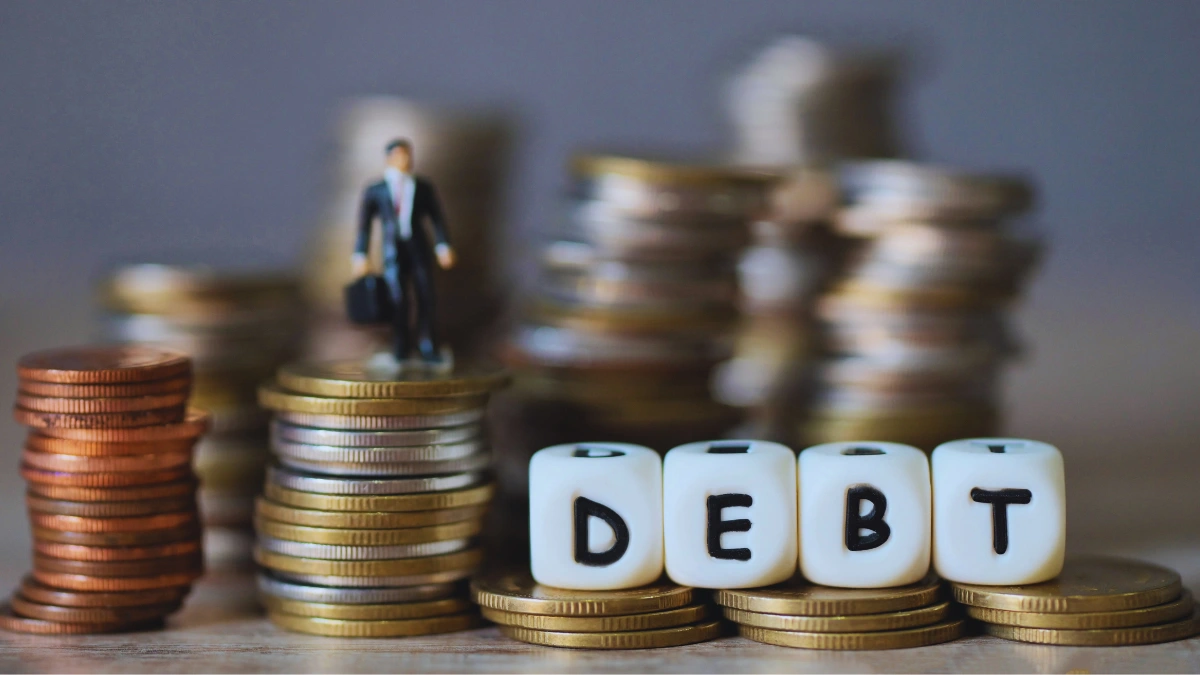
My credit card balances disappeared faster than any previous budgeting attempt I had tried before. Money I previously spent on takeout, entertainment, and impulse purchases now flowed directly into my debt payments.
My emergency fund grew from virtually nothing to several months of expenses within the year. The visual progress I could see motivated my continued discipline throughout difficult moments when I wanted to quit.
My bank statements became sources of pride rather than anxiety, completely transforming my relationship with checking my financial accounts.
2. Enhanced Creativity and Problem-Solving Skills
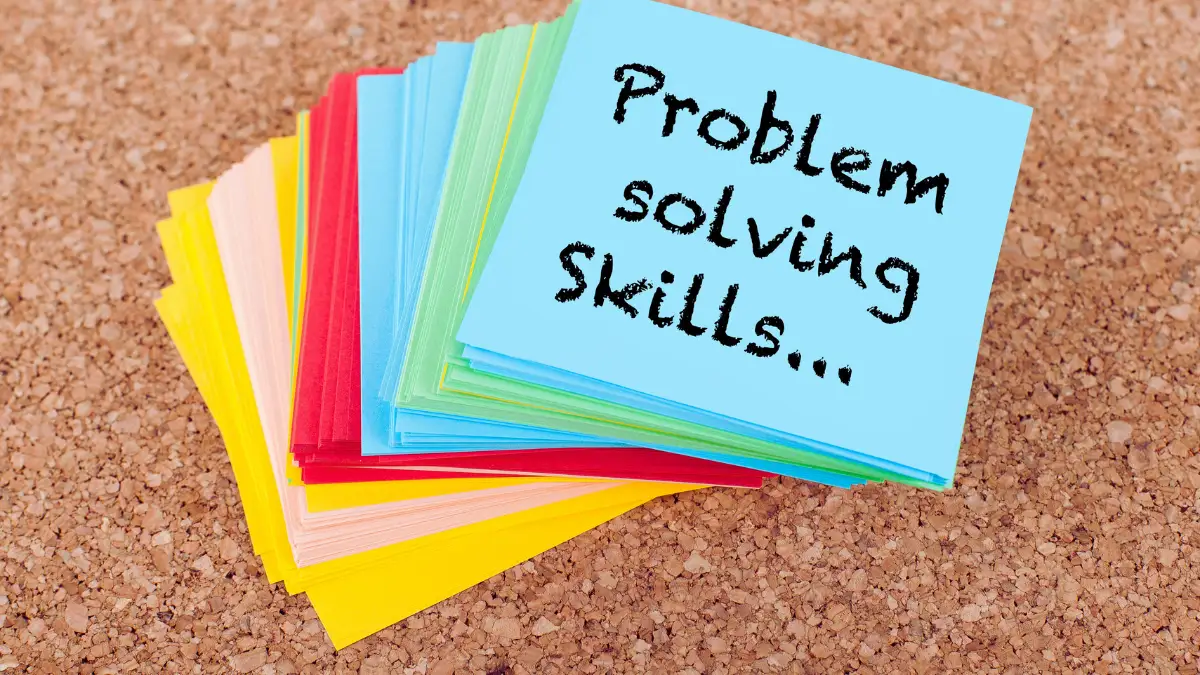
The limitations I imposed sparked innovative solutions to my everyday challenges that I never would have discovered otherwise. I learned to repair my clothes instead of buying new ones, which became surprisingly satisfying.
Free community events substituted for expensive entertainment options I had relied on previously. Cooking elaborate meals from basic ingredients became an enjoyable hobby rather than a chore.
Borrowing books from libraries eliminated my purchasing costs while expanding my reading horizons. These skills extended beyond my challenge year, creating lasting resourcefulness habits that continue benefiting me today.
3. Significant Clutter Reduction and Mental Clarity

Without new purchases entering my home, my existing possessions received proper attention and use for the first time. Forgotten items emerged from my closets and storage areas, feeling like discovering buried treasure.
My physical space felt more organized and peaceful without the constant influx of new things. Decision fatigue decreased significantly when shopping temptations were eliminated from my daily routine.
Mental energy I previously spent on purchasing decisions redirected itself toward more meaningful activities and relationships that brought genuine satisfaction rather than temporary pleasure.
4. Transformed Money Mindset and Spending Awareness
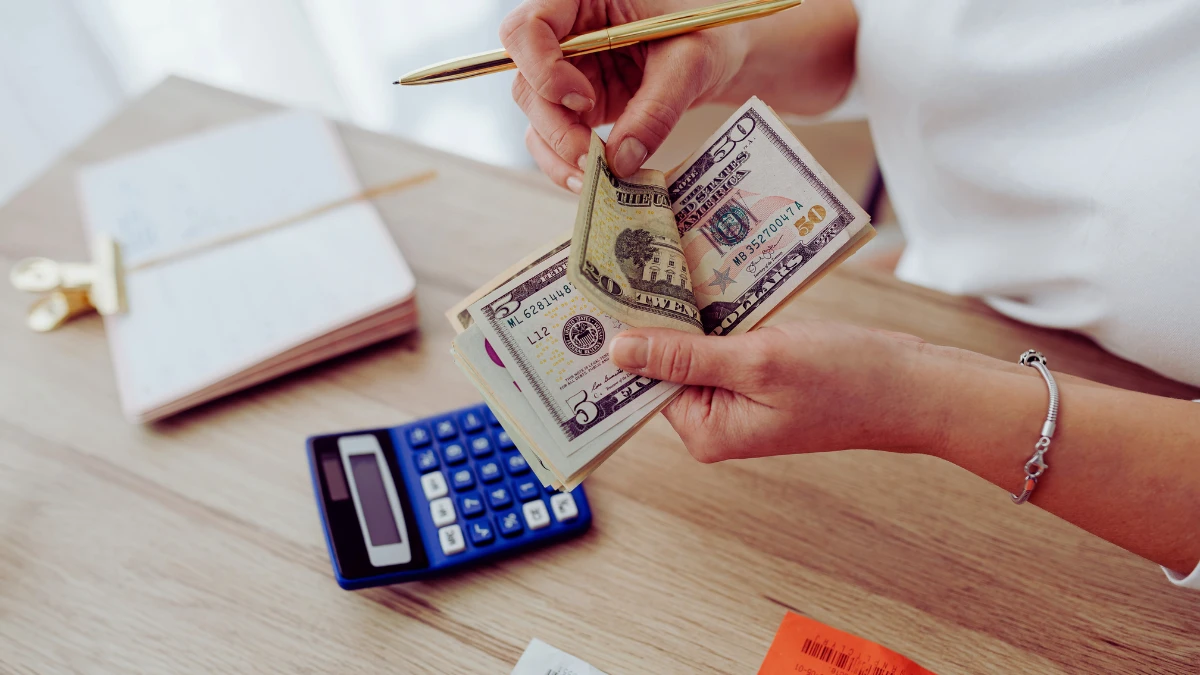
I learned to distinguish between my genuine needs and manufactured wants automatically rather than falling for marketing tricks.
Marketing messages lost their persuasive power over me after months of resistance practice and conscious awareness building.
My emotional spending triggers became visible and manageable through careful observation and reflection. The pause before purchasing became a natural habit rather than a forced discipline that required willpower.
This awareness created lasting change in my spending patterns that continued even after my challenge ended, fundamentally altering my approach to money decisions.
The Challenges
Despite all the positive outcomes I experienced, several significant obstacles made my journey more difficult than I had anticipated. These were the three most persistent challenges I faced:
1. Social Isolation and Relationship Strain

My birthday celebrations, wedding events, and holiday gatherings all centered around spending activities that I had to decline.
Declining restaurant invitations created awkward conversations with my friends and family members that sometimes felt tense.
Some of my relationships felt strained when others interpreted my choices as judgment of their spending habits.
Gift-giving occasions required creative alternatives that didn’t always feel adequate compared to purchased items.
My social activities needed complete reimagining to avoid costs, which required significant effort and wasn’t always successful in maintaining the same level of connection.
2. Emotional Spending Withdrawal Symptoms

Shopping had served as my primary stress relief mechanism for years without my realizing how dependent I had become.
My difficult workdays previously ended with online browsing sessions and small comfort purchases that provided temporary mood boosts.
Boredom often triggered my wandering through stores or scrolling shopping websites as entertainment and a distraction.
Without these outlets, processing my emotions required developing entirely new coping strategies that took time to master.
My anxiety, frustration, and loneliness needed healthier management techniques that I had to learn through trial and error during challenging moments.
3. Constant Temptation and Occasional Failures

Marketing messages bombarded me daily through emails, social media, and advertisements that tested my resolve constantly.
Seasonal sales and limited-time offers tested my commitment repeatedly, especially during holidays and special events.
Several times, I justified “necessary” purchases that weren’t truly essential, breaking my own rules and feeling guilty afterward.
These failures brought disappointment that threatened to derail my entire challenge when my motivation wavered.
Recovering from my setbacks required self-forgiveness and renewed commitment to my original goals, which became easier with practice and perspective.
Was It the Ultimate Reset?

Absolutely, but with important limitations I learned to acknowledge and respect. This challenge delivered the most powerful financial transformation I had ever experienced in my life.
My spending patterns underwent complete restructuring, my debt elimination accelerated dramatically, and my savings accumulated faster than traditional budgeting methods had ever achieved.
The psychological impact proved equally significant, fundamentally altering my relationship with consumption and material possessions in ways I never anticipated when I started.
However, calling it “ultimate” requires acknowledging its extreme nature and potential drawbacks that I experienced firsthand. The social isolation became genuinely difficult at times, affecting relationships I valued deeply.
Some of my friendships felt strained when shared activities required spending money that I couldn’t afford. The level of restriction I maintained isn’t sustainable long-term for most people, including myself.
Individuals with limited incomes, medical expenses, or family obligations might find this approach impossible or harmful to attempt.
The true test emerged after I completed my year-long challenge and had to maintain my new habits.
Without conscious effort to maintain my new behaviors, my old spending patterns could easily return to previous levels.
The real value lay not in the deprivation itself, but in the awareness and skills I developed throughout the process.
This challenge works best as a temporary intervention to break destructive patterns and build financial momentum, rather than a permanent lifestyle choice that continues indefinitely.
Key Takeaways for Anyone Considering It
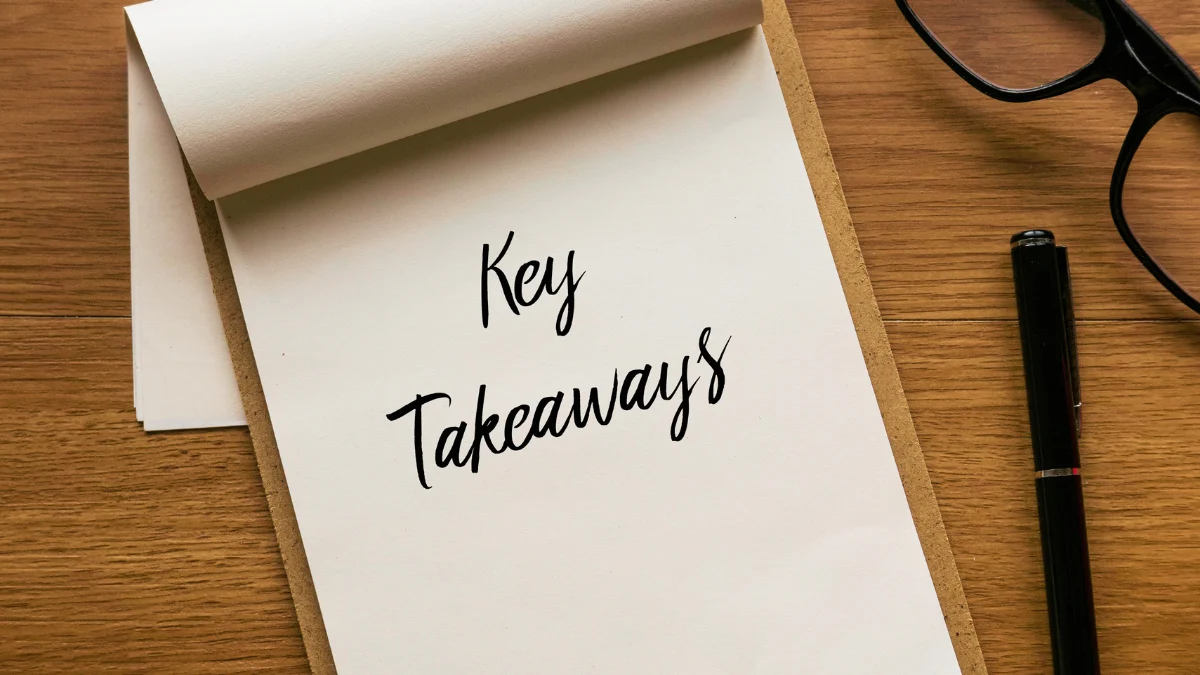
Before attempting this challenge, understanding these essential strategies can significantly improve your chances of success and minimize potential negative impacts that I experienced.
- Define clear boundaries and write them down before starting – I established specific rules about what counted as essential spending versus forbidden purchases and referred to them constantly
- Begin with shorter timeframes to build confidence – I recommend trying a no-spend month or focusing on eliminating one category like clothing or entertainment before committing to a full year
- Track both financial progress and emotional responses – I documented my spending temptations, victories, and setbacks to understand my patterns and triggers better
- Prepare alternative activities for social situations – I learned to suggest free or low-cost alternatives when friends invited me to expensive activities, though this required creativity
- Find supportive communities online or among friends – I connected with others attempting similar challenges for encouragement and accountability when motivation lagged
- Accept that setbacks will happen and plan recovery strategies – My minor failures didn’t mean abandoning the entire challenge if I got back on track quickly and forgave myself
- Focus on skills and awareness rather than deprivation – I used this time to develop resourcefulness, creativity, and a deeper understanding of my spending triggers for lasting change
